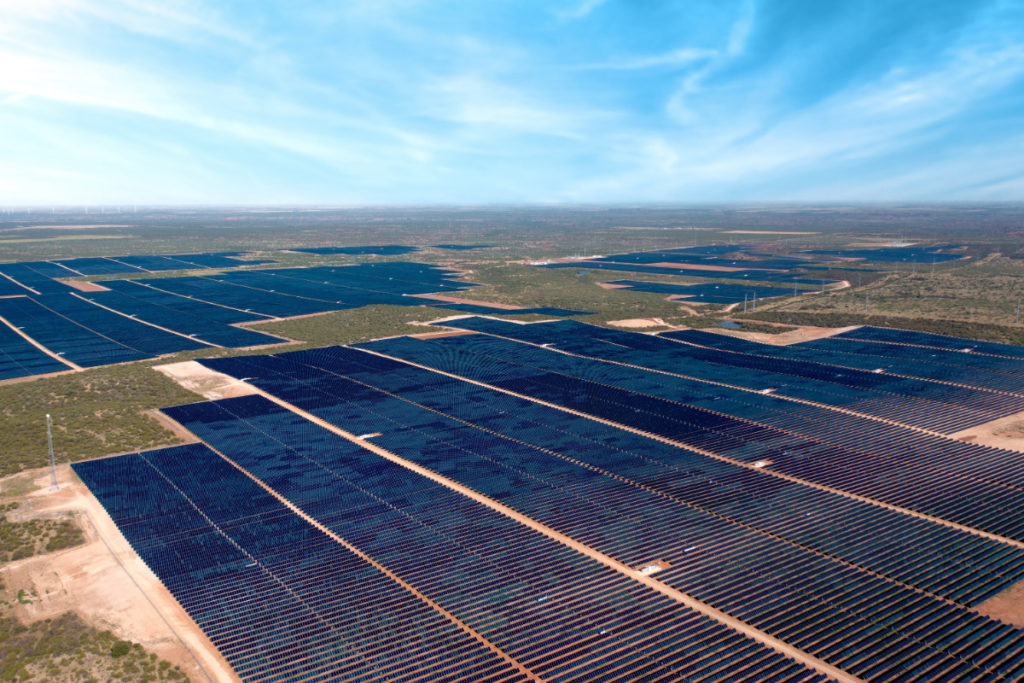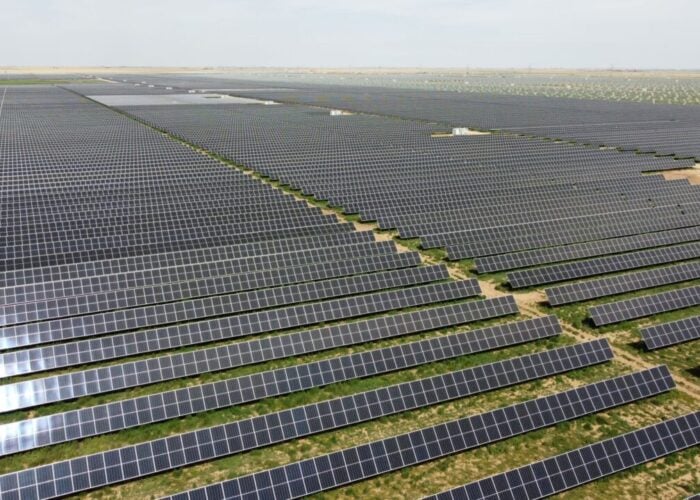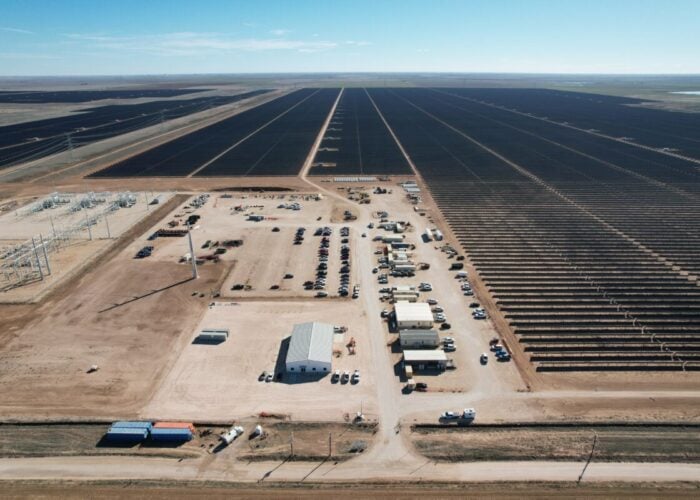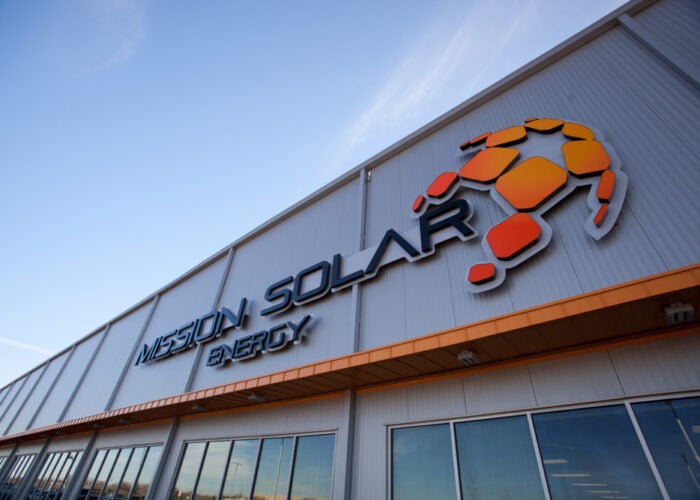
US renewables company Intersect Power has started commercial operations of an 828MWp/640MWac solar project in the US state of Texas.
The company deployed First Solar modules at the Lumina project. After commissioning the project, Intersect Power’s portfolio, totalling 2.2GWp of solar capacity and 1.4 GWh of co-located storage in Texas and California, is fully operational.
Unlock unlimited access for 12 whole months of distinctive global analysis
Photovoltaics International is now included.
- Regular insight and analysis of the industry’s biggest developments
- In-depth interviews with the industry’s leading figures
- Unlimited digital access to the PV Tech Power journal catalogue
- Unlimited digital access to the Photovoltaics International journal catalogue
- Access to more than 1,000 technical papers
- Discounts on Solar Media’s portfolio of events, in-person and virtual
Or continue reading this article for free
The company also noted that renewable energy credits generated by the project will be purchased by two Fortune 100 companies.
Funding for the project’s construction and operations was secured as part of the broader portfolio financing announced last year, when Intersect Power finalised term debt, tax equity and construction financing commitments with HPS Investment Partners, US Bancorp Impact Finance and Santander Corporate & Investment Banking, to name a few.
Prior to the Lumina project, Intersect Power started commercial operations at its Oberon solar and storage project in the US state of California last November, which has a power capacity of 679MWp and a co-located 250MW/1GWh battery storage facility.
The US Bureau of Land Management (BLM) approved the project in July 2022 and Oberon Solar, a subsidiary of Intersect Power, completed much of the construction work with US companies. The project uses modules built in Ohio by First Solar, NX Horizon trackers developed by Nextracker and batteries produced in a Tesla factory in California, as the developers looked to take advantage of tax benefits offered to new clean power projects that rely on equipment and components made in the US.







